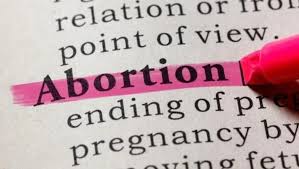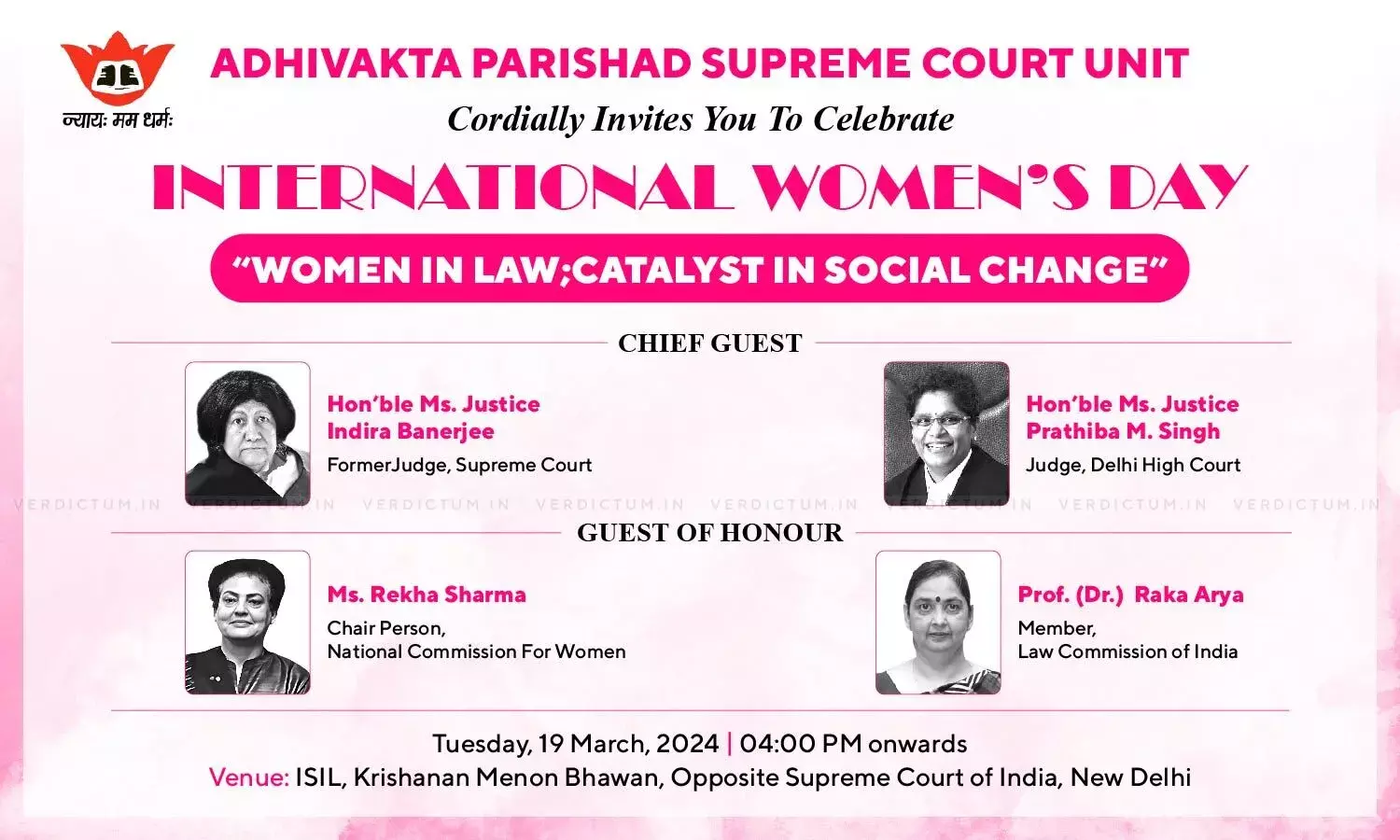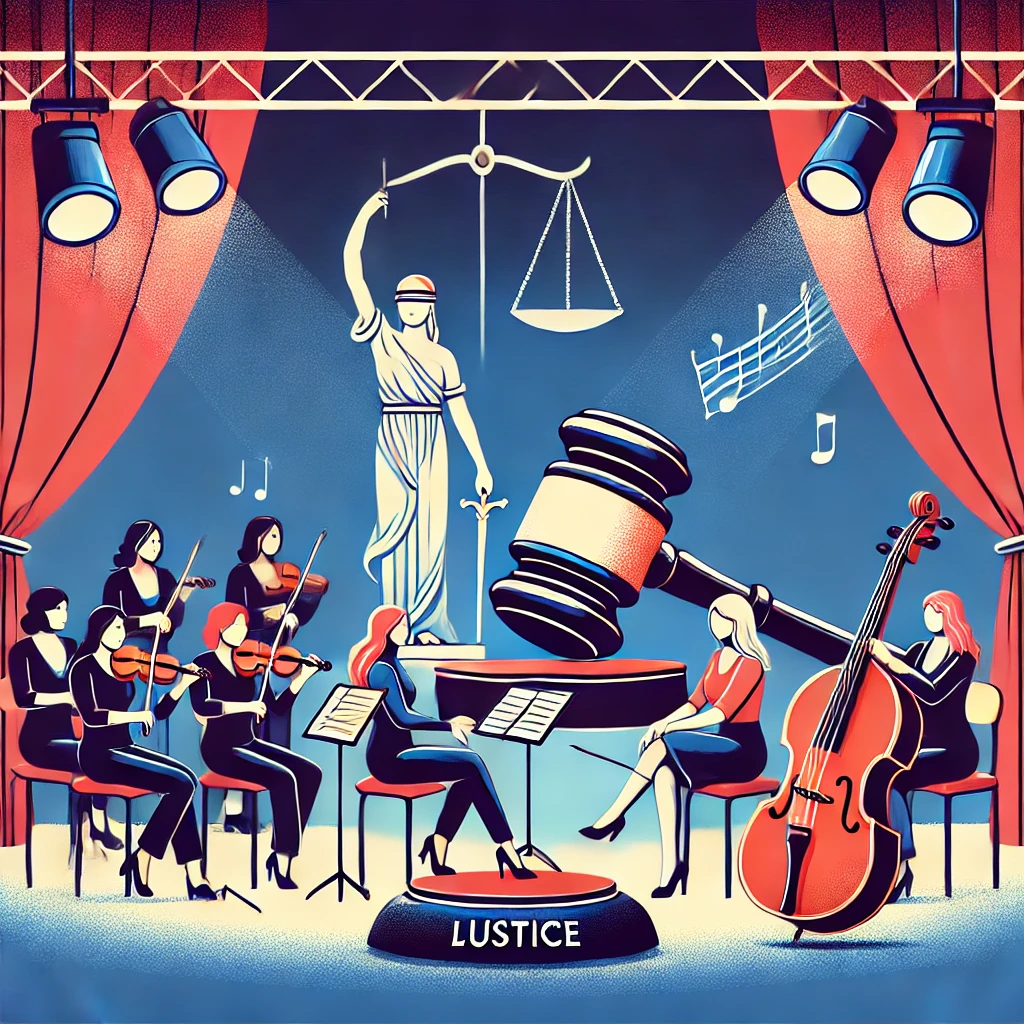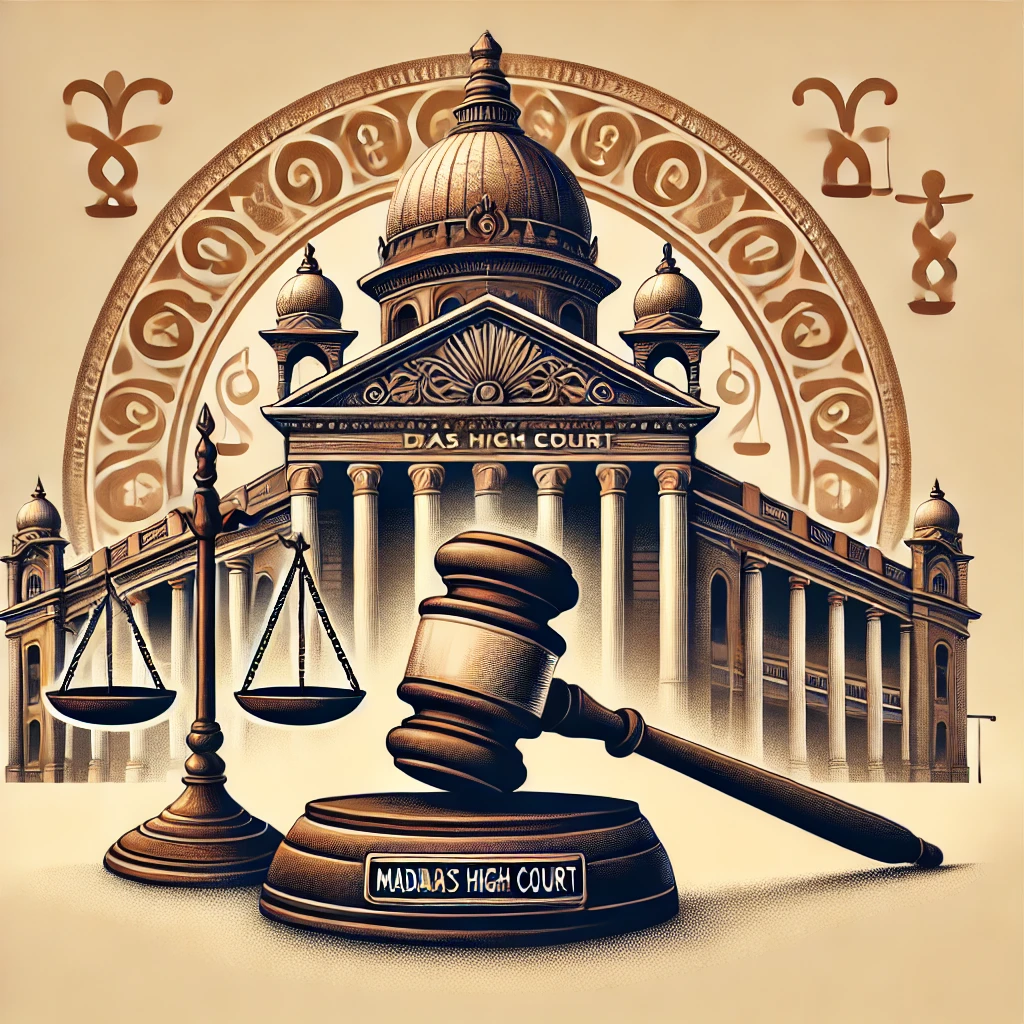Woman laws at Libya
⚖️ Legal Framework for Women's Rights in Libya
Libya's legal system is influenced by a combination of Islamic law (Sharia), civil law, and customary practices. While the 2011 revolution brought hopes for greater gender equality, the ongoing political instability and division between rival governments have impeded the establishment of a unified legal framework.
🏛️ Institutional Developments
**UNDP Gender Equality Strategy (2023–2025):**The United Nations Development Programme (UNDP) has implemented a gender strategy aimed at transforming gender inequality in Libya This strategy aligns with international frameworks and focuses on women's empowerment across governance, economic recovery, and national reconciliation processes
**National Action Plan on Women, Peace, and Security:**The Ministry of Women's Affairs, in collaboration with UN Women, is working on a National Action Plan to implement United Nations Security Council Resolution 1325 This plan emphasizes the role of women in preventing and resolving conflicts, as well as in post-conflict reconstruction
⚠️ Emerging Threats to Women's Rights
In November 2024, the acting interior minister of the Tripoli-based Government of National Unity announced plans to impose strict "morality" measures targeting women and girls
**Compulsory Veiling:**Mandating girls as young as nine to wear the hijab in public spaces
**Travel Restrictions:**Requiring women to obtain written permission from a male guardian before traveling abroad
**Enforcement by "Morality Police":**Deploying forces to monitor public spaces and enforce dress codes and social interactions These proposals have been met with widespread criticism from human rights organizations, civil society groups, and Libyan citizens, who view them as violations of personal freedoms and gender equality
📊 Socioeconomic Indicators
*Labour Force Participation: Approximately 25.7% of Libyan women are part of the labour force, compared to 79% of me.
*Educational Attainment: 69.4% of adult women have reached at least a secondary level of education, surpassing 45% of their male counterpart.
*Political Representation:hold about 16% of parliamentary seats, indicating underrepresentation in political decision-making
🔍 Challenges and Outlook
Libya's fragmented political landscape and the influence of conservative factions pose significant challenges to the advancement of women's righs While international organizations continue to support gender equality initiatives, the implementation of reforms is hindered by political divisions and societal norThe proposed "morality" measures represent a regressive step that could further entrench gender-based discrimination and limit women's freedos.
--
In summary, while there have been efforts to promote women's rights in Libya, recent developments indicate a concerning trend towards the erosion of these righs The international community and Libyan civil society must remain vigilant and advocate for the protection and advancement of women's rights in the county.
















0 comments